
Clomid is since 1960s often used to stimulate female hormone and thus stimulate ovulation, so the researchers believe Clomid might be the main reason behind the doubling the sets of triplets born in Norway since 1960s. Researchers investigated more than 2 million pregnancies in the past 40, to be more exact from 1967 and 2006. In this 40 years almost 500 triplets sets were born (triplets sets OMG this sounds like a production ) and more than 270 hundred twin pairs. After the year of 1988, when the ART was introduced, Norway introduced a separate registry for artificially conceived births, thus these births were researched separately. For example, before ART was introduced (meaning before the year of 1988) the birth rate of triplets was bellow one per mile, and after 1988 the rate was approximately 3 per mille, which means that there were 3.3 triplet sets born per 10,000 pregnancies.
Between 1988 and 1991 the rate triplet births peaked at 3.5 per milles, which means that 7 sets of triplets were born per 2000 pregnancies. However between 2002 and 2006 the numbers declined to 2.7 per 10,000 pregnancies. Researches also observed that triplets had a 10-fold bigger risk of dying shortly after birth than single infants and artificial reproductive technology did not change this risk. Additionally, it is interesting observation that triplet births were more common among older women.
- Photo courtesy of Pascal Volk by Flickr: www.flickr.com/photos/sigalrm/20358607923/


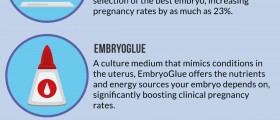
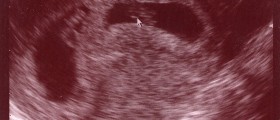

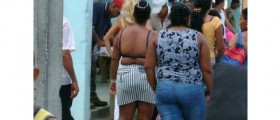
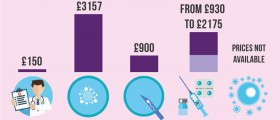
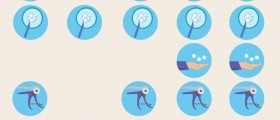
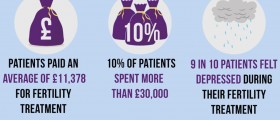
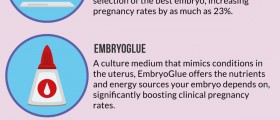
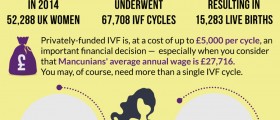
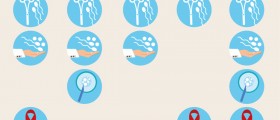
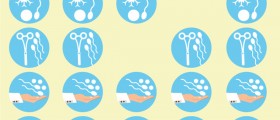
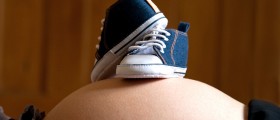

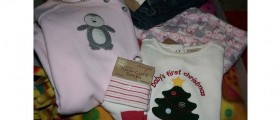

Your thoughts on this
Loading...